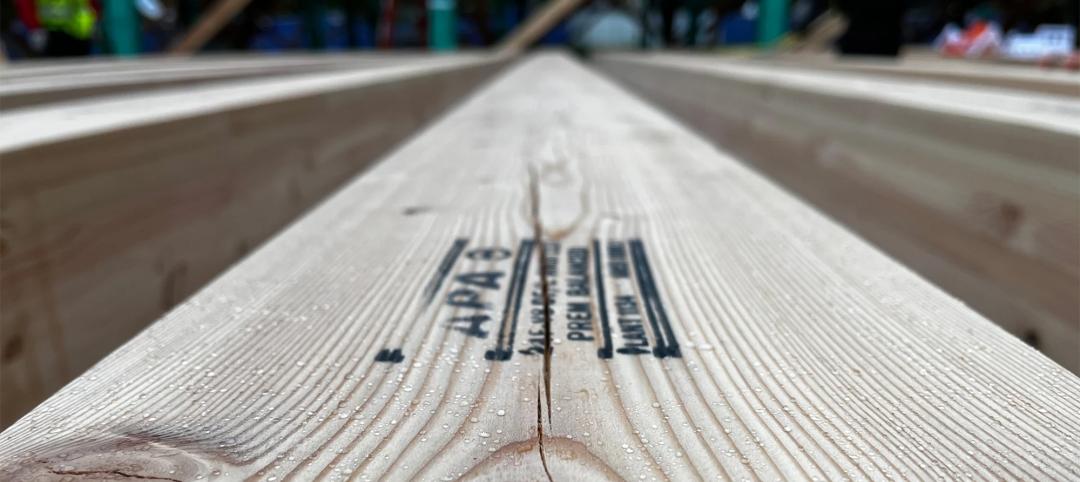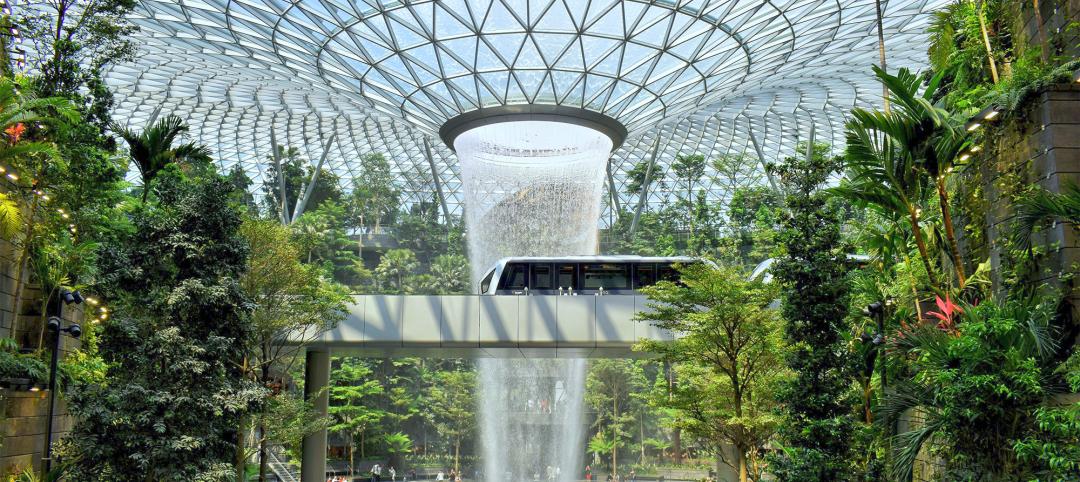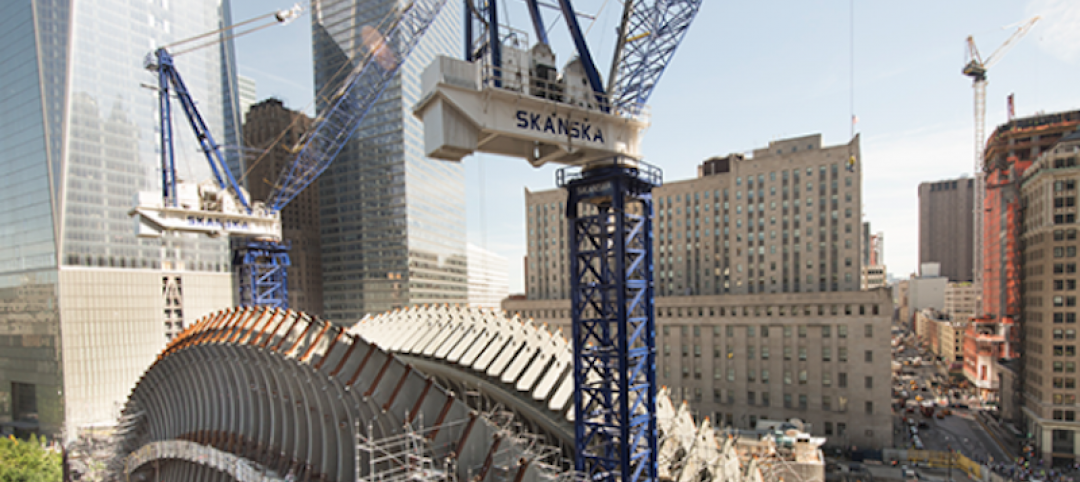The last time you were in a hospital, did you take a good look around? What did you see?
By and large, today’s hospitals are still heavily tied to their predecessors that were the results of the Hill-Burton Act of 1946. This Act provided a federal mandate to improve the health and healthcare of Americans and add more beds to serve a growing population – so we added more hospitals.
Since then, even though hospitals have grown in size and complexity and of course are more modern in design, their physical layout has not kept pace with technological innovations and truly taken advantage of evidence-based design. Yes, they look different, are more modern, welcoming, and based on hospitality, but they have also grown, somewhat unchallenged, in square footage, materials, and support systems. One can look at a healthcare facility and come close to identifying the decade in which it was put into use.
The exciting modern advances in medical care, including robotics, hand-held devices, and models of care, have outpaced HOW a hospital efficiently functions; how it feels and how it lives; how the doctors, nurses, and technicians interact with patients and visitors. Add to this a lengthy recession and the upheaval of the Patient Protection and Affordable Care Act and we have a healthcare industry facing a perfect storm for change - opportunity.
We hear a lot about "future proofing" buildings, making them adaptable for technologies we have yet to invent. Rather than a defensive approach, we should be talking about "future enabling" hospitals, making them flexible and adjustable in a way that invites those innovations to happen organically rather than forcing them into a box we built a decade or more earlier.
By improving the physical layout of hospitals and medical facilities, we can enhance and increase safety mechanisms, improve care, and help reduce the exposure to medical errors. Likewise, healthcare buildings should be built differently, using new technologies, skills, and materials.
There's no reason, for example, for all rooms to be dedicated to a single function over its lifespan. There's also no reason for elevators and major vertical mechanical systems to be in the core of the building; we can place them externally, allowing for more flexibility among rooms and departments – increasing square footage efficiencies, while keeping mechanical equipment accessible for maintenance and upgrades without interrupting care and operations within the space.
We can make hospitals more adaptable to new technologies and tools by making the footprints of various medical departments more flexible. Patients would benefit from a nimble medical complex that moves and progresses with their treatment, which would also be able to evolve as new techniques and technologies become available, ultimately improving the built environment where treatment is provided.
The need and opportunity for change is clear: incredible advancements in technologies, changing treatment protocols and care provided by talented and diverse clinicians, revised reimbursement structures, and growing patient safety issues. We have to look harder, deeper, and form creative new approaches to the possible factors that are contributing to this trend.
We have to explore other factors that impact health – including the way we design and build hospitals - that can positively affect clinical outcomes. We've been building hospitals the same way for more than half a century. It is perhaps time to start from a blank sheet of paper and if we did, what would it look like?
Is the process broken? No. But it is time to recalibrate how we envision and execute the built environment for future generations. As an industry, we have a tremendous opportunity to create and affect change the way the Hill-Burton Act did generations ago.
More from Author
Skanska | Sep 26, 2024
5 lessons in water mitigation for mass timber projects
Sustainability leaders from Skanska, RDH, and Polygon share five tips for successful water mitigation in mass timber construction.
Skanska | May 6, 2024
The benefits of biophilic design in the built environment
Biophilic design in the built environment supports the health and wellbeing of individuals, as they spend most of their time indoors.
Skanska | Dec 4, 2023
4 key innovations and construction trends across airport design
Here are some of the key trends Skanska is seeing in the aviation sector, from congestion solutions to sustainability.
Skanska | Jun 29, 2023
K-12 school construction: 5 ways strong community relations can lead to success
When constructing a K-12 school, building positive relationships with the community—including students, parents, school staff and residents—is critical to the success of the project. Here are five ways Skanska puts the community first when building K-12 schools in the Pacific Northwest.
Skanska | Mar 14, 2023
Skanska tests robots to keep construction sites clean
What if we could increase consistency and efficiency with housekeeping by automating this process with a robot? Introducing: Spot.
Skanska | Jan 27, 2023
Key takeaways from Autodesk University 2022
Autodesk laid out its long-term vision to drive digital collaboration through cloud-based solutions and emphasized the importance of connecting people, processes and data.
Skanska | Dec 5, 2022
5 ways sustainability professionals can help reduce construction's carbon footprint
Mark Chen, Sustainability Manager at Skanska, has found five specific ways to help the construction industry reduce its carbon footprint.
Skanska | Jul 5, 2022
Tour the new Patricia Reser Center for the Arts in Oregon
This month, the community of Beaverton, Oregon, welcomed a new haven for artistic expression with the opening of Patricia Reser Center for the Arts (The Reser).
Skanska | Jun 22, 2018
What owners should know before choosing the design-build project delivery method
Outside of drawing up a well-written contract, owners often overlook a key attribute that can significantly impact the success of a design-build project, writes Skanska’s Julie Hyson.
Skanska | Dec 7, 2017
Busting the myths: What the “S-word” can mean for construction and development
Sustainability, it’s a trendy term. The problem, however, is that it’s being used in so many different ways that people don’t even know what it means anymore.
















